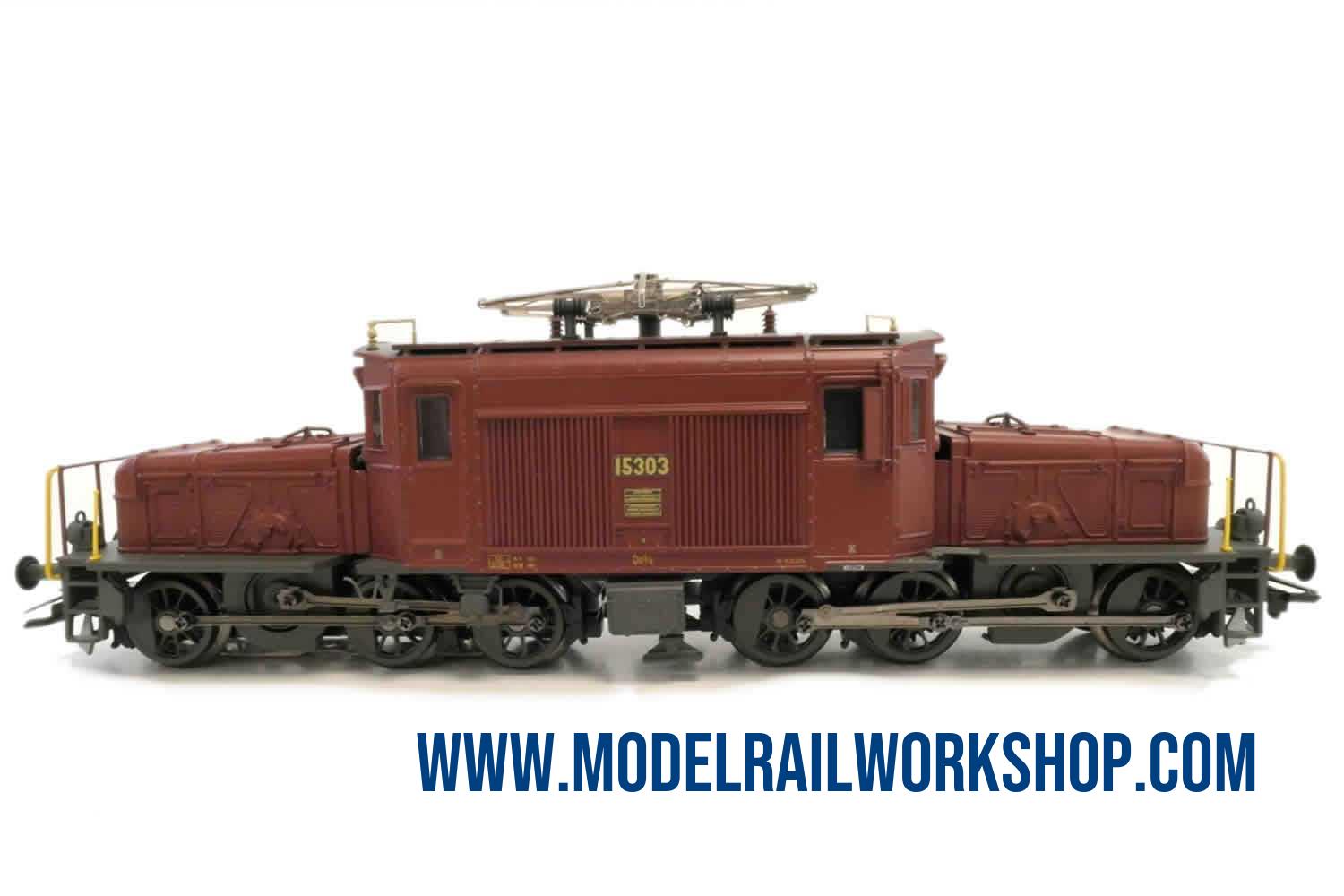
| KEY DATA | |
|---|---|
| Product Name | 37521 Electric locomotive - Crocodile - Class De 6/6 |
| Object type | Locomotive-Electric |
| Product Line | Märklin Special Model |
| Era | 1970-1990 (IV) |
| Manufactured years | 2001-2004 |
| Text on object | - |
| Number on object | 15303 |
| Classification | The 6/6 |
| Type of housing | Metal |
| Length | 16.2 cm |
| Technology | Digital 6090 FX |
| Railway company | CH-SBB Chemins de fer fédéraux suisses |
| Märklin RRP (Year) | 279€ (2002) |
| Koll valuation (Year) | 160€ (2022) |
| Description | |
|---|---|